
Adina Cordifolia, Haldu, Kadamba - 0.5 kg Seeds
(MRP Inclusive of all taxes)
- Shipping ₹79 for entire order
- Dispatch in 2-3 weeks
- Country of origin: India

(MRP Inclusive of all taxes)
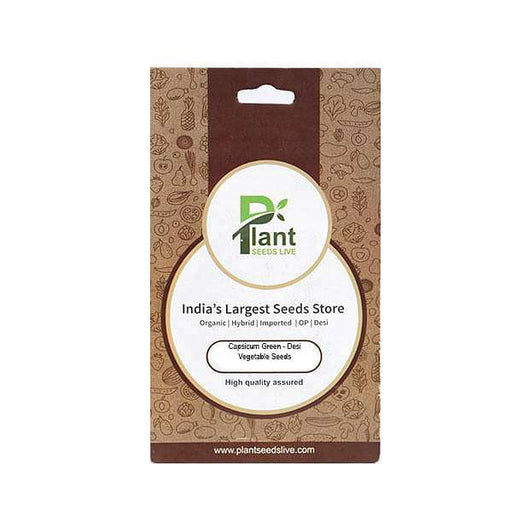
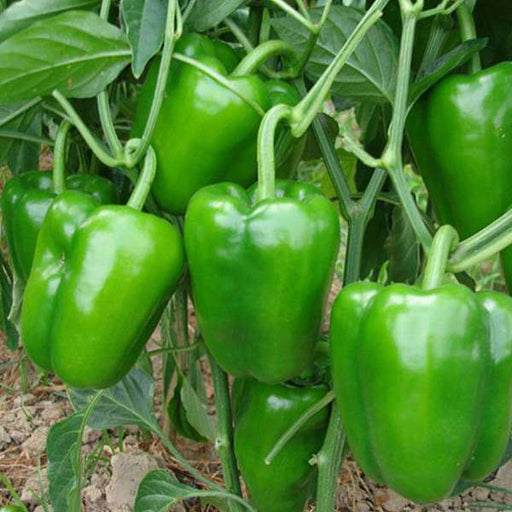 Save 25%
Save 25%
Capsicum Green - Desi Vegetable Seeds Capsicum Green, also known as bell pepper, is a vibrant and nutritious addition to your garden. Thes...
View full details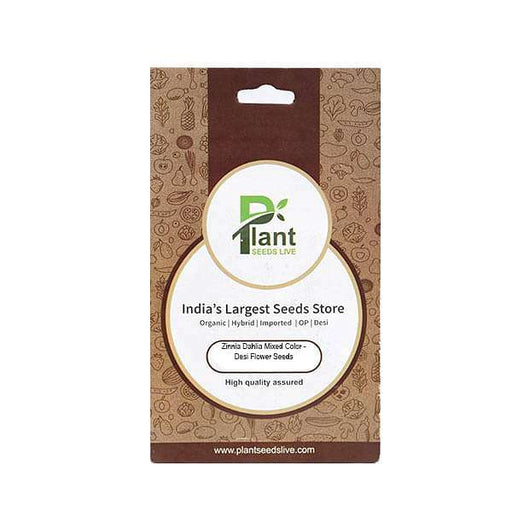
 Sold out
Sold out
Zinnia Dahlia Mixed Color - Desi Flower Seeds Transform your garden into a vibrant tapestry of colors with our Zinnia Dahlia Mixed Color -...
View full details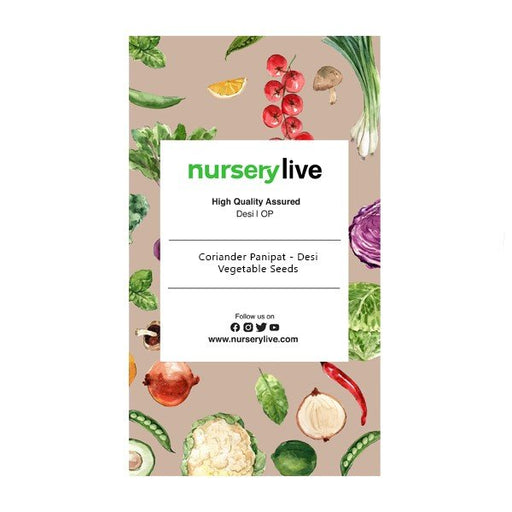
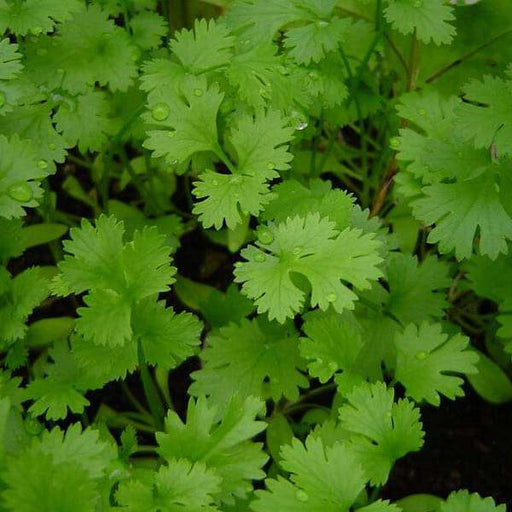 Save 25%
Save 25%
Coriander Panipat - Desi Vegetable Seeds Coriander Panipat is a premium variety of coriander seeds, cherished for its aromatic leaves and ...
View full details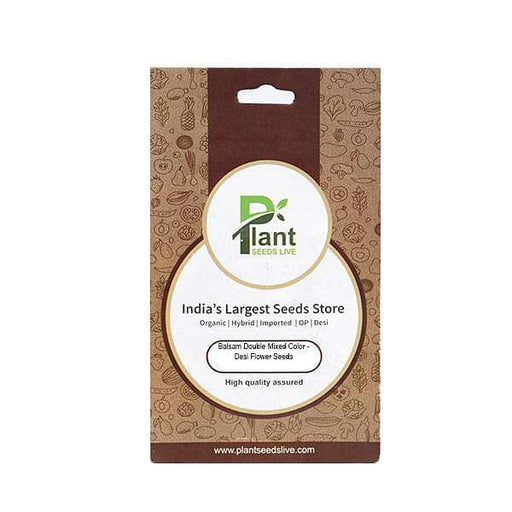
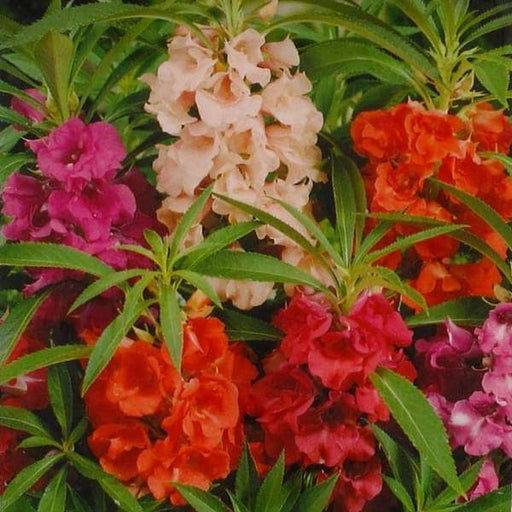 Save 25%
Save 25%
Balsam Double Mixed Color - Desi Flower Seeds Discover the vibrant beauty of Balsam Double Mixed Color - Desi Flower Seeds, a delightful a...
View full details
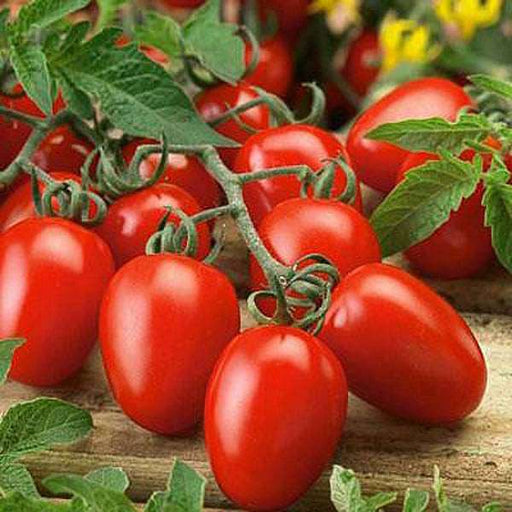 Sold out
Sold out
Tomato Pusa Ruby - Desi Vegetable Seeds The Tomato Pusa Ruby is a premium variety of tomato seeds, renowned for its vibrant red color, jui...
View full details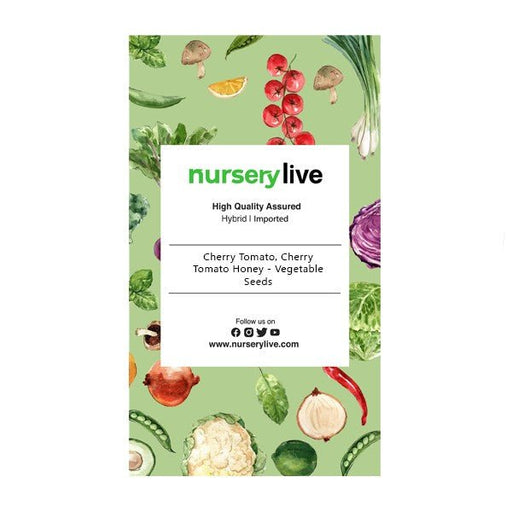
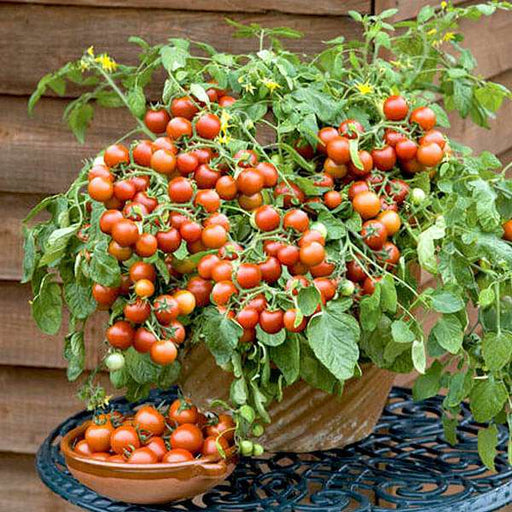 Save 25%
Save 25%
Cherry Tomato, Cherry Tomato Honey - Vegetable Seeds Discover the delightful world of Cherry Tomato Honey seeds, perfect for home gardener...
View full details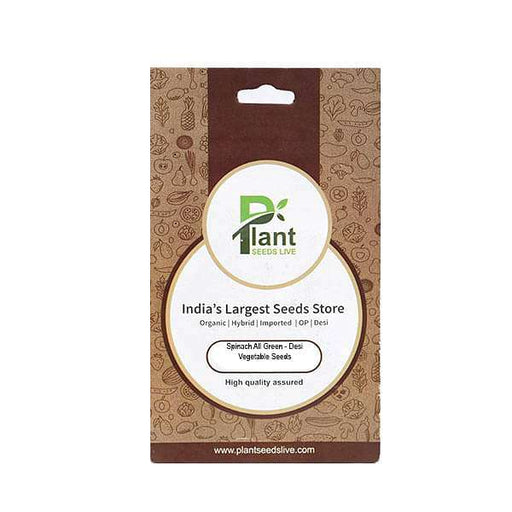
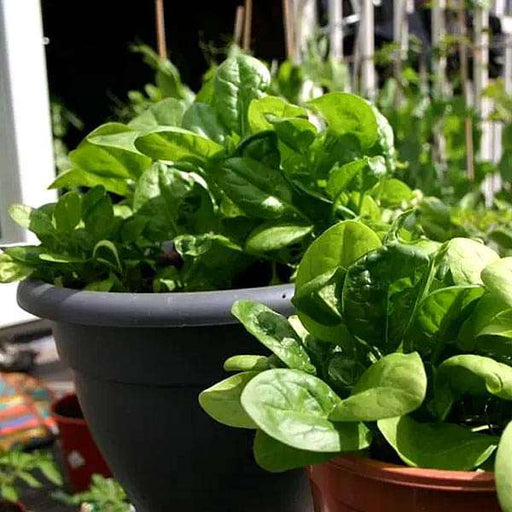 Sold out
Sold out
Spinach All Green - Desi Vegetable Seeds Introducing the Spinach All Green - Desi Vegetable Seeds, a premium variety of spinach that thriv...
View full details
 Save 25%
Save 25%
Capsicum Green - Desi Vegetable Seeds Capsicum Green, also known as bell pepper, is a vibrant and nutritious addition to your garden. Thes...
View full details
 Save 25%
Save 25%
Coriander Panipat - Desi Vegetable Seeds Coriander Panipat is a premium variety of coriander seeds, cherished for its aromatic leaves and ...
View full details
 Sold out
Sold out
Tomato Pusa Ruby - Desi Vegetable Seeds The Tomato Pusa Ruby is a premium variety of tomato seeds, renowned for its vibrant red color, jui...
View full details
 Save 25%
Save 25%
Cherry Tomato, Cherry Tomato Honey - Vegetable Seeds Discover the delightful world of Cherry Tomato Honey seeds, perfect for home gardener...
View full details
 Sold out
Sold out
Spinach All Green - Desi Vegetable Seeds Introducing the Spinach All Green - Desi Vegetable Seeds, a premium variety of spinach that thriv...
View full details
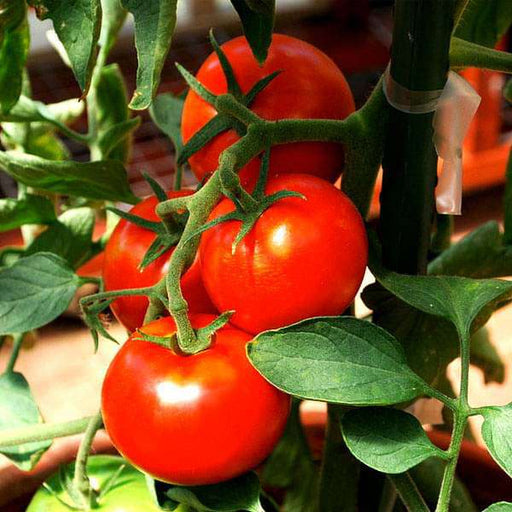 Save 25%
Save 25%
Tomato Ped - Desi Vegetable Seeds Introducing the Tomato Ped - Desi Vegetable Seeds, a premium selection of heirloom tomato seeds that pro...
View full details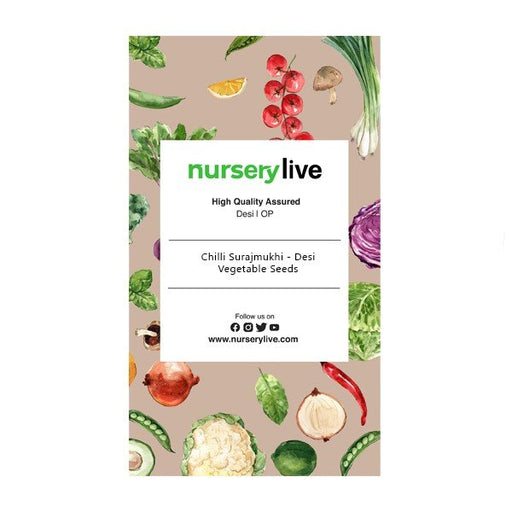
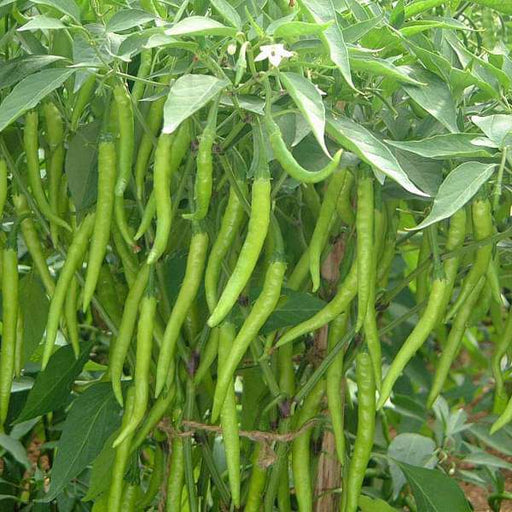 Save 25%
Save 25%
Chilli Surajmukhi - Desi Vegetable Seeds Introducing the Chilli Surajmukhi, a unique variety of desi vegetable seeds that brings a burst o...
View full details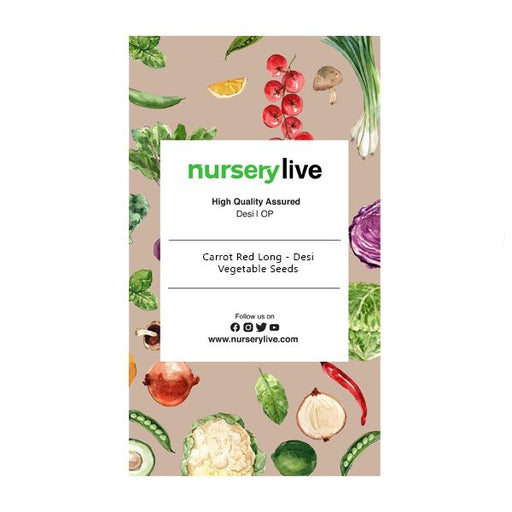
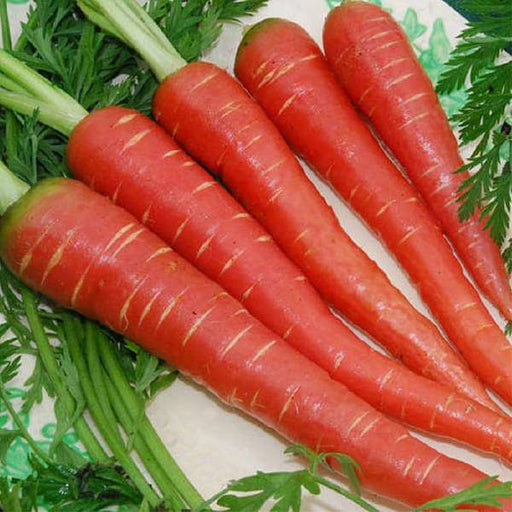 Save 25%
Save 25%
Carrot Red Long - Desi Vegetable Seeds Introducing the Carrot Red Long - Desi Vegetable Seeds, a premium variety known for its vibrant col...
View full details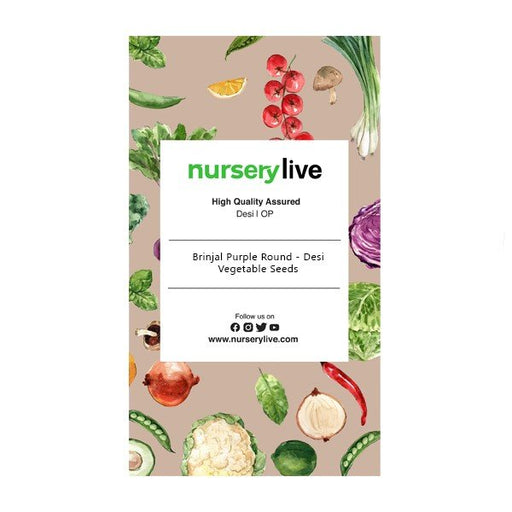
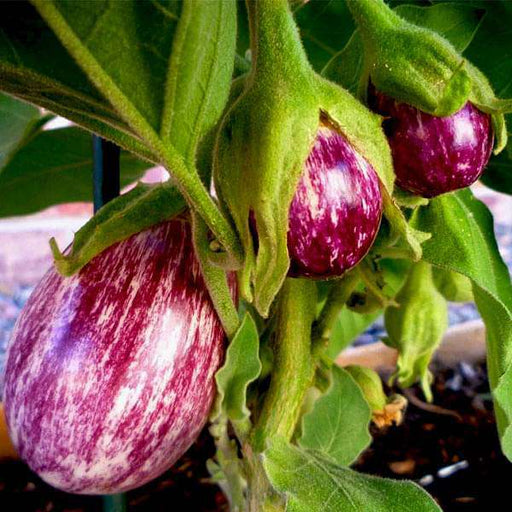 Save 25%
Save 25%
Brinjal Purple Round - Desi Vegetable Seeds Discover the rich flavors and vibrant colors of Brinjal Purple Round, a staple in Indian cuisi...
View full details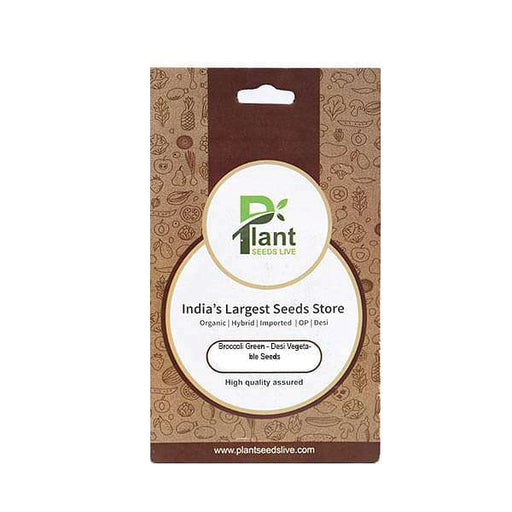
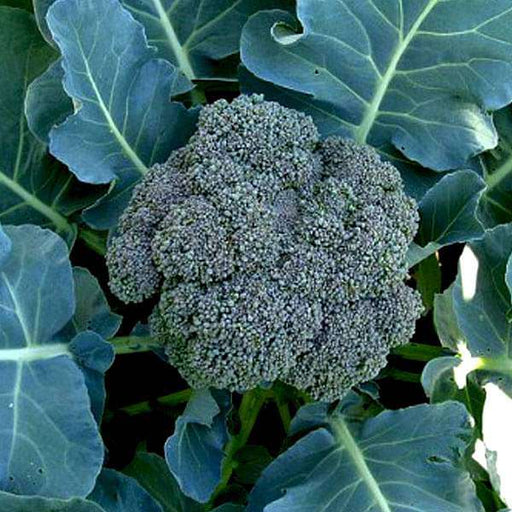 Save 25%
Save 25%
Broccoli Green - Desi Vegetable Seeds Discover the vibrant world of Broccoli Green with our premium Desi Vegetable Seeds. Known for its ri...
View full details
 Save 35%
Save 35%
Best 6 Plants for Perfect Indoor Garden Transform your living space into a lush oasis with our curated collection of the Best 6 Plants for a...
View full details
 Save up to 50%
Save up to 50%
Mini Succulent Garden Pack Transform your space with our Mini Succulent Garden Pack, featuring a delightful collection of 4 any variety beautiful s...
View full details
 Save 30%
Save 30%
5 Best Fragrant Plants Transform your garden or indoor space into a fragrant paradise with our curated selection of the 5 Best Fragrant Plants. Th...
View full details
 Save 24%
Save 24%
Set of 2 Bonsai Looking Grafted Adeniums Transform your indoor or outdoor space with our exquisite Set of 2 Bonsai Looking Grafted Adenium...
View full details Save 45%
Save 45%
Top 4 Die Hard Succulents Pack Transform your indoor or outdoor space with our Top 4 Die Hard Succulents Pack, featuring a curated selecti...
View full details
 Save 30%
Save 30%
5 Best Indoor Plants Pack Transform your living space into a lush oasis with our '5 Best Indoor Plants Pack.' This carefully curated collection fe...
View full details
 Save 25%
Save 25%
Set of 4 Evergreen Air Purifier Plant Pack Transform your indoor space into a lush, green oasis with our Set of 4 Evergreen Air Purifier Pla...
View full details| SrNo | Item Name |
|---|---|
| 1 | Adina Cordifolia, Haldu, Kadamba - 0.5 kg Seeds |
Discover the beauty and ecological significance of Adina Cordifolia, commonly known as Haldu or Kadamba. This remarkable tree species is native to the tropical forests of India and is renowned for its medicinal properties and sustainable timber. With its lush foliage and fragrant flowers, Haldu not only enhances the aesthetic appeal of your garden but also supports local biodiversity.
What makes Haldu special is its ability to thrive in various soil types and its resilience to drought conditions. This hardy tree can grow up to 30 meters tall, providing shade and habitat for numerous wildlife species. Its bark and leaves are traditionally used in Ayurvedic medicine, making it a valuable addition to any herbal garden.
Special features of Adina Cordifolia include its fast growth rate and ability to improve soil fertility through nitrogen fixation. This makes it an excellent choice for agroforestry and reforestation projects, contributing positively to the environment.
Meet the Adina Cordifolia, the tree that’s not just a pretty face! Known for its heart-shaped leaves and impressive height, this tree is a favorite among nature lovers and eco-warriors alike. It’s like the cool kid in the forest, providing shade and shelter while also being a champion of biodiversity. Planting this beauty is like inviting a celebrity to your garden party—everyone will want to know how you did it!
Haldu, or the tree that’s got your back! This versatile species is not just a tree; it’s a multitasking marvel. From its durable timber used in construction to its medicinal properties, Haldu is the Swiss Army knife of the forest. Plus, it’s a great conversation starter at dinner parties—who wouldn’t want to brag about their eco-friendly choices?
Kadamba, the tree that’s a real show-off! With its stunning clusters of fragrant flowers, this tree doesn’t just sit there; it puts on a floral display that would make any garden jealous. Known for attracting bees and butterflies, planting a Kadamba is like throwing a party for pollinators. Who knew being eco-friendly could be so glamorous?
Seeds, the tiny powerhouses of potential! These little nuggets are like nature’s time capsules, holding the promise of towering trees and lush canopies. When you plant these seeds, you’re not just sowing; you’re investing in a greener future. It’s like planting a dream and watching it grow—who wouldn’t want to be a part of that magic?
Tree planting, the ultimate act of love for Mother Earth! It’s like giving her a big hug while also improving air quality and providing habitats for wildlife. Plus, it’s a fantastic way to get your hands dirty and feel like a superhero. So grab your shovel and get ready to make the world a greener place, one tree at a time!
Biodiversity, the spice of life in the ecosystem! It’s like a buffet where every species brings its own flavor to the table. By planting trees like Adina Cordifolia, Haldu, and Kadamba, you’re not just adding greenery; you’re supporting a vibrant community of flora and fauna. Who knew that being a tree hugger could be so deliciously diverse?
Eco-friendly gardening, where sustainability meets style! It’s like hosting a garden party that’s both chic and kind to the planet. By choosing native trees and plants, you’re not just beautifying your space; you’re creating a habitat for wildlife and reducing your carbon footprint. It’s gardening with a conscience, and trust us, your garden will thank you!
Medicinal properties, the hidden gems of the plant world! Trees like Haldu are not just for show; they come with a treasure trove of health benefits. From traditional remedies to modern applications, these trees are like nature’s pharmacy. So next time you admire a tree, remember it might just be your ticket to wellness!
Sustainable forestry, the responsible way to enjoy our natural resources! It’s like having your cake and eating it too—enjoying timber while ensuring that our forests thrive for generations to come. By planting trees like Adina Cordifolia, you’re contributing to a sustainable future. Who knew that being a tree lover could also mean being a savvy steward of the earth?
Native trees, the local heroes of the ecosystem! They’re like the hometown champions, perfectly adapted to their environment and providing essential support to local wildlife. By planting native species like Kadamba, you’re not just beautifying your landscape; you’re fostering a thriving ecosystem. It’s like giving a warm welcome to the locals!
Forest conservation, the noble quest to protect our green treasures! It’s like being part of an elite club dedicated to preserving the planet’s lungs. By planting trees and supporting conservation efforts, you’re playing a vital role in maintaining biodiversity and combating climate change. So grab your cape and join the fight for our forests—every tree counts!
Adina Cordifolia, also known as Haldu, is a tree native to India, famous for its medicinal properties and durable timber. It’s like the Swiss Army knife of trees—useful for everything from construction to traditional medicine. Who knew a tree could be so multi-talented
Haldu seeds are like little powerhouses packed with potential! They can be used for reforestation, soil improvement, and even in traditional medicine. Plus, planting them contributes to biodiversity. It’s like giving Mother Nature a high-five while you’re at it!
Planting Kadamba seeds is as easy as pie! Just soak them overnight, plant them in well-drained soil, and keep them moist. They love a sunny spot, so make sure they get their daily dose of sunshine. Soon, you’ll have a mini Kadamba forest!
Adina Cordifolia thrives in tropical and subtropical climates. Think of it as the sunbather of the plant world—warm temperatures and plenty of rainfall are its jam. If you live in a cooler area, it might just give you the cold shoulder!
Patience is a virtue, especially with Haldu seeds! They typically take about 2 to 4 weeks to germinate. So, grab a cup of coffee, sit back, and let nature do its thing. Good things come to those who wait!
While Kadamba prefers the great outdoors, you can try growing it indoors if you have a sunny spot and enough space. Just remember, it’s a tree, not a houseplant! So, be prepared for it to stretch its limbs and reach for the sky.
Adina Cordifolia wood is like the superhero of timber! It’s durable, resistant to pests, and perfect for furniture, flooring, and even boat building. So, if you’re looking for wood that can withstand the test of time, Haldu’s got your back!
Absolutely! Haldu seeds are low-maintenance, making them perfect for both novice and seasoned gardeners. Just provide them with adequate sunlight, water, and a little love, and they’ll flourish. It’s like having a pet that doesn’t need to be walked!
You can find Adina Cordifolia seeds at local nurseries, garden centers, or online retailers. Just make sure you’re getting them from a reputable source. After all, you want the crème de la crème of seeds, not the “meh” variety!
Kadamba trees are generally resilient, but watch out for pests like aphids and caterpillars. They can be pesky little critters! Regularly check your plants and use organic pest control methods to keep them in check. It’s like a game of hide and seek!
Yes, Haldu leaves have been used in traditional medicine for their anti-inflammatory and antimicrobial properties. However, always consult a healthcare professional before diving into herbal remedies. Remember, just because it’s natural doesn’t mean it’s always safe!
The best time to plant Adina Cordifolia seeds is during the monsoon season when the soil is moist and temperatures are warm. It’s like planting during a party—everyone’s in a good mood, and the seeds are ready to dance their way into the soil!